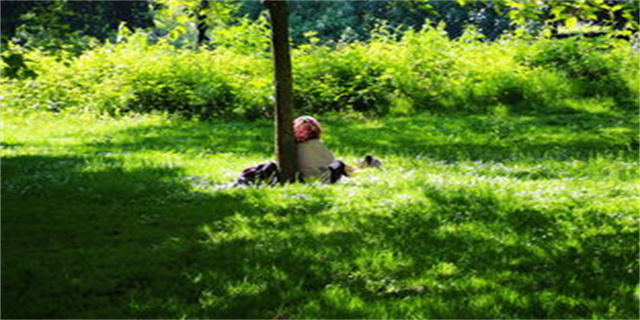摘要:Spring Awakening of the Tiny World The air is slowly warming up, the flowers are blooming, and the sound of buzzing insects is becoming more and more frequent.
Spring Awakening of the Tiny World
The air is slowly warming up, the flowers are blooming, and the sound of buzzing insects is becoming more and more frequent. It's the time of year when the tiny world of insects is awakening from its winter slumber. But have you ever wondered how insects survive the cold winter months and what triggers their awakening in the spring? Let's delve a little deeper into this topic and learn a few fascinating facts about insect behavior.
Cold Winter Survival Strategies of Insects
Winter is a challenging time for insects that aren't adapted to withstand the cold temperatures. Unlike mammals or birds, insects lack fur or feathers to keep them warm. They have to rely on other mechanisms to survive the winter. One of the most common ways insects do this is by entering a state of torpor. Torpor is similar to hibernation in mammals, where the animal's metabolic rate slows down, and their body temperature drops to conserve energy.

During torpor, insects can slow down their metabolism by up to 95%. This means they can survive for months with very little food or water. Some insects, like the monarch butterfly, travel thousands of miles south to warmer climates to spend the winter. Others, like the ladybug, huddle together in large groups under rocks, leaves, or tree bark to share body heat and stay warm.
Spring Awakening of Insects
As spring arrives and temperatures begin to rise, insects start to emerge from their hiding places and become more active. But what triggers their awakening? The answer lies in a combination of factors, including photoperiod, temperature, and food availability.

Photoperiod, or the length of daylight hours, plays a critical role in insect behavior. The changes in day length act as a cue for insects to awaken from their winter dormancy. As the days become longer, hormone production in insects increases, signaling the start of a new season. Temperature also plays a critical role in insect behavior. Many insects have a threshold temperature that must be reached before they can become active.
In addition to photoperiod and temperature, the availability of food is another critical factor in the spring awakening of insects. Many insects, especially pollinators like bees and butterflies, rely on flowers for nectar and pollen. As flowers begin to bloom in the spring, insects emerge from their hiding places to take advantage of this food source. Without it, they wouldn't have the energy to fly or mate, which would impact the entire ecosystem.
The Importance of Insects in the Ecosystem
Despite their small size, insects play a vital role in the ecosystem. They pollinate plants, which is necessary for the production of fruits, vegetables, and seeds. They also provide food for larger animals, including birds, fish, and mammals. Insects are also excellent decomposers, breaking down dead plants and animals and returning vital nutrients back to the soil. Without insects, the ecosystem would be severely impacted.
In conclusion, the spring awakening of insects is a fascinating process driven by a combination of factors, including photoperiod, temperature, and food availability. Although insects may seem insignificant to some, they play a critical role in maintaining the delicate balance of the ecosystem. So, the next time you see a bee buzzing around, or a butterfly fluttering by, take a moment to appreciate their contribution and the unique behaviors that allow them to survive and thrive in the world around us.



